Probe For Temperature: The Ultimate Guide to Choosing and Using in Industrial Applications
Discover the comprehensive "Expert Guide to Temperature Probes & Sensors" by DXM. This essential resource delves into the intricacies of selecting and using the right probe for temperature applications. Enhance your understanding of temperature probes with in-depth insights and practical advice. Trust DXM for reliable solutions that meet your temperature monitoring needs.
- Understanding the Role of Probe For Temperature
- Types of Probe For Temperature
- How to Choose the Right Probe For Temperature
- Installation and Calibration of Probe For Temperature
- Maintenance and Troubleshooting of Probe For Temperature
- Applications of Probe For Temperature
- Future Trends in Temperature Measurement
- Conclusion of Probe For Temperature
- FAQs About Probe For Temperature
- Q: What factors affect the accuracy of temperature probes?
- Q: How often should temperature probes be calibrated?
- Q: Can one type of probe be used universally for all applications?
- Call to Action
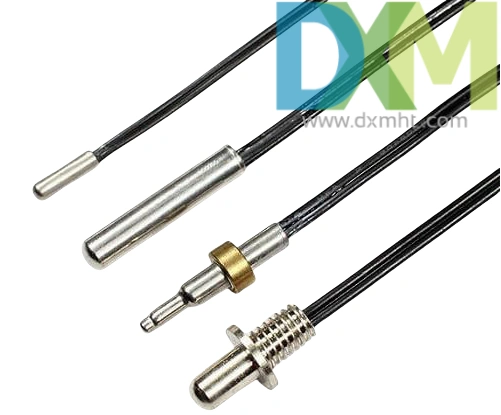
When choosing a Probe For Temperature, it’s crucial to understand its role in obtaining precise readings across various environments. Temperature probes are essential in industries like manufacturing, food processing, and healthcare. The right Probe For Temperature ensures accuracy and reliability, contributing to operational efficiency. Opt for probes designed for your specific application to achieve optimal performance and accurate measurements. Regular maintenance and calibration of temperature probes will extend their lifespan and maintain precision.
This guide will help you select, use, and optimize temperature probes for the best results.
Understanding the Role of Probe For Temperature
In the world of temperature measurement, accuracy is key—enter the probe for temperature, temperature probes. These are critical components in ensuring precise temperature readings in various industries such as manufacturing, food processing, and healthcare. Their reliability and consistency make them indispensable tools for professionals who require stringent control over temperature-sensitive processes.
Types of Probe For Temperature
Temperature probes come in various forms, each suited for specific applications. Understanding these allows us to choose the right Temperature Probes measurement needs:
1. Thermocouples: Widely used due to their wide temperature range and durability, thermocouples are suitable for environments ranging from extreme cold to high heat.
2. RTDs (Resistance Temperature Detectors): Known for higher accuracy and stability, RTDs are perfect for precision measurement in laboratories and industrial settings.
3. Thermistors: Highly sensitive and best for applications requiring quick response times, such as HVAC systems and medical devices.
4. Infrared Sensors: These non-contact sensors are ideal for measuring temperature on moving objects or in explosive environments.
How to Choose the Right Probe For Temperature
Choosing the correct probes for temperature involves considering several factors: - Temperature Range: Ensure the probes can handle your required temperature range. - Accuracy Requirements: Match the probe's accuracy to your process's needs. - Environmental Conditions: Consider factors such as humidity, pressure, and potential chemical exposure. - Response Time: Assess how quickly you require temperature readings. - Budget: Balance the cost against the precision and durability needed.
Installation and Calibration of Probe For Temperature
Proper installation and calibration are critical to the performance of temperature probe. Follow these steps for optimal results: - Installation Guidelines: Carefully follow manufacturer guidelines to ensure probes are installed where they can provide the most accurate readings. Avoid areas exposed to extreme conditions unless the probe is designed for it. - Calibration Process: Regular calibration ensures accuracy over time. Follow a standardized process and use calibration tools appropriate for the type of probe.
Maintenance and Troubleshooting of Probe For Temperature
Maintaining a probe for temperature is vital for continued accuracy and efficiency. Here are some best practices: - Regular Cleaning: Keep probes clean, especially when used in environments with residues or oils. - Inspection: Perform routine checks for wear and tear, especially on wires and connectors. - Troubleshooting Common Issues: Learn to identify common issues like signal drift or erratic readings, which may indicate a need for recalibration or replacement.
Applications of Probe For Temperature
Temperature probes are versatile and their applications are numerous: - Manufacturing: Vital for controlling processes where precise temperature control affects product quality. - Food & Beverage: Ensure safety and compliance with regulations by monitoring cooking, cooling, and transport temperatures. - Healthcare: Used in patient monitoring and laboratory environments where precise temperature monitoring is crucial.
Future Trends in Temperature Measurement
Innovations in temperature probes are making them smarter and more efficient: - IoT Integration: Increasingly, probes are being integrated with the Internet of Things, allowing for remote monitoring and instant data feedback. - Wireless Technologies: These innovations promise easier handling and use in more complex environments.
Conclusion of Probe For Temperature
Mastering the use of temperature probes unlocks a world of precision and efficiency in various applications. As new advancements emerge, staying informed ensures we continue to reap the benefits they offer.
FAQs About Probe For Temperature
Q: What factors affect the accuracy of temperature probes?
A: Accuracy is influenced by calibration, the probe's environment, installation, and the sensor type used.
Q: How often should temperature probes be calibrated?
A: Calibration frequency depends on the application but typically ranges from every six months to annually.
Q: Can one type of probe be used universally for all applications?
A: No, each probe type has specific characteristics making them suitable for particular environments and applications.
Call to Action
Choosing the right probe for temperature measurement improves process efficiency and ensures high-quality outcomes. Contact us today for expert advice on selecting the perfect Temperature Probes for your needs!
Recommended for you
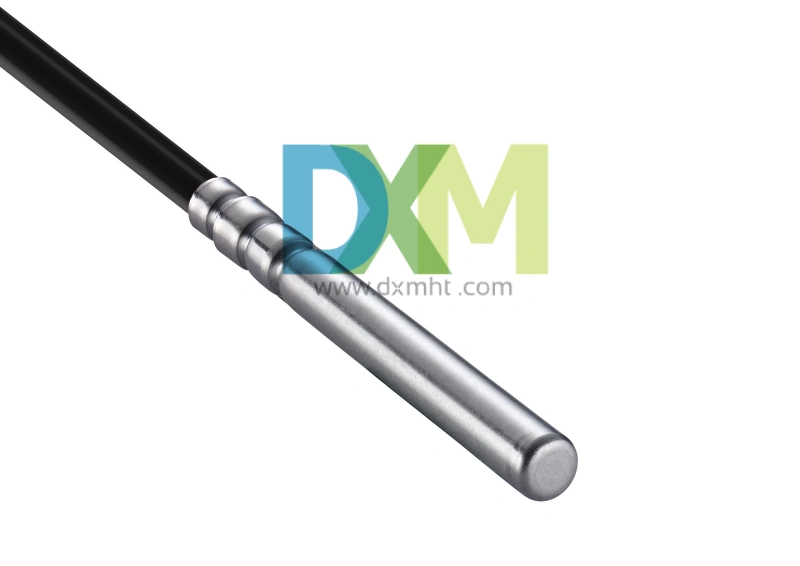
Water Temperature Sensor: The Key to Engine Health and Efficiency
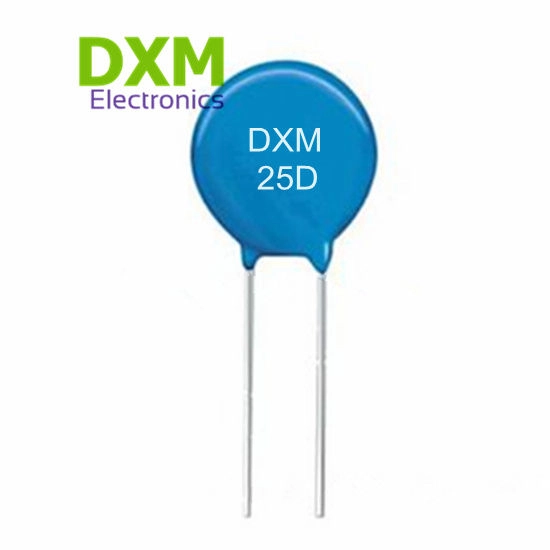
Lightning Surge Protection Varistor: Essential for Protecting Your Electrical Systems
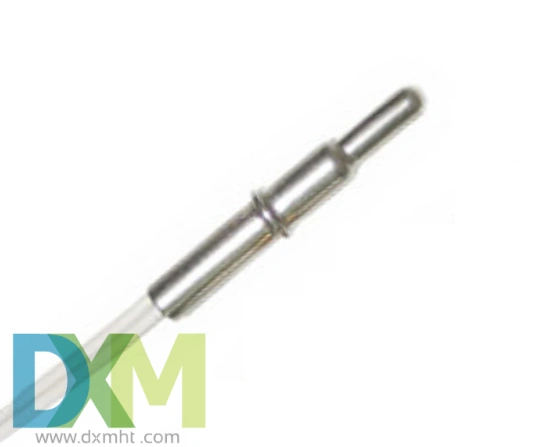
Water Temp Sensor: How to Test it for Reliable Performance?
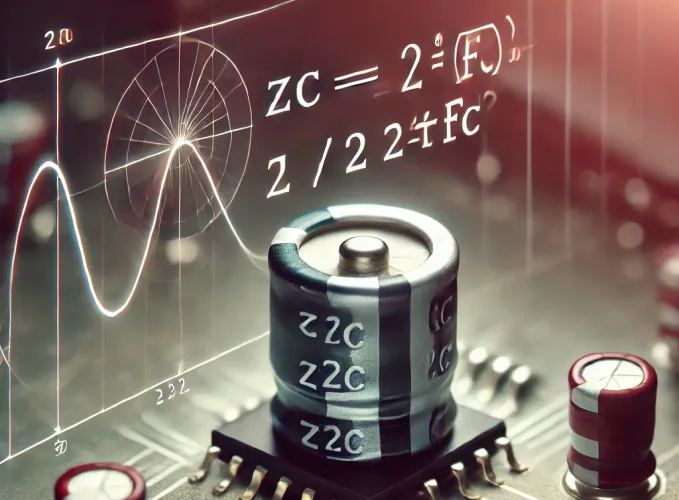
Capacitor Impedance: Calculation Guide & FAQs
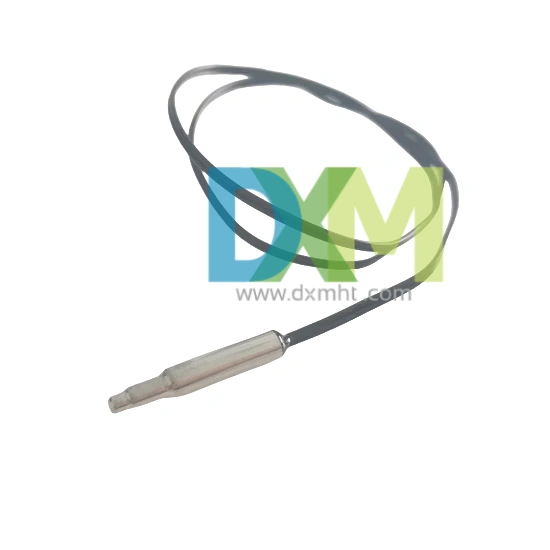
Temperature Probe Sensor: A Comprehensive Guide
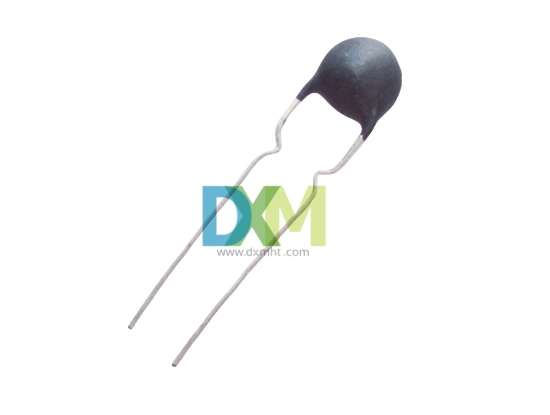
Termistor NTC: What Does a Thermistor Do?
Logistics
How long does logistics delivery take?
Shipping times depend on your location and the shipping method you choose. Generally speaking, international shipping can take anywhere from a few weeks to a few months.
How to track my order?
You can track your order through our official website or the order number provided and learn about the logistics status and delivery progress of your order at any time.
Does it support express delivery?
Yes, we support express delivery services. You can choose different delivery methods according to your needs, including ordinary express delivery and expedited express delivery.
Customized Services
Can I customize (OEM) the product?
Yes. You can customize the product with DXM. Our R&D and production technology have already reached an advanced world level, and we can provide qualified OEM service for global customers.Please specify your requirements to our representative or send samples to our factory office, and we will confirm your details.
Price and Payment
What’s the Minimum Order Quantity (MOQ) and Minimum Order Amount (MOA)
MOQ: 10000PCS
You may also like

KTY83-110 Sensor with Silicon Glass Thermistor
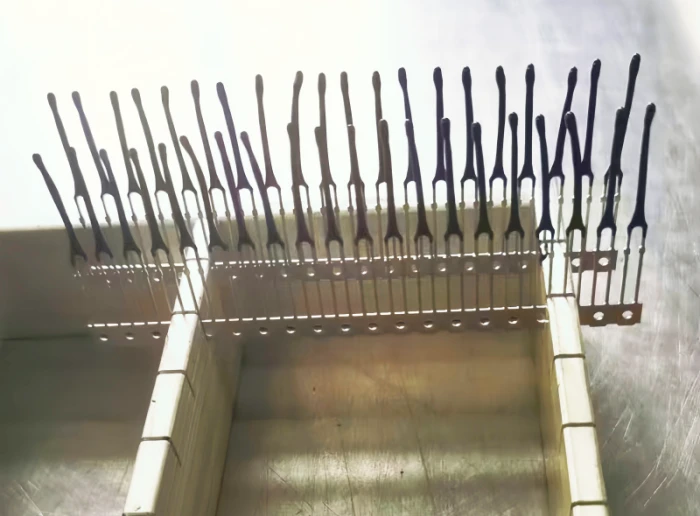
Bracket Type NTC Thermal Sensor MF52X for Precise Temperature Measurement
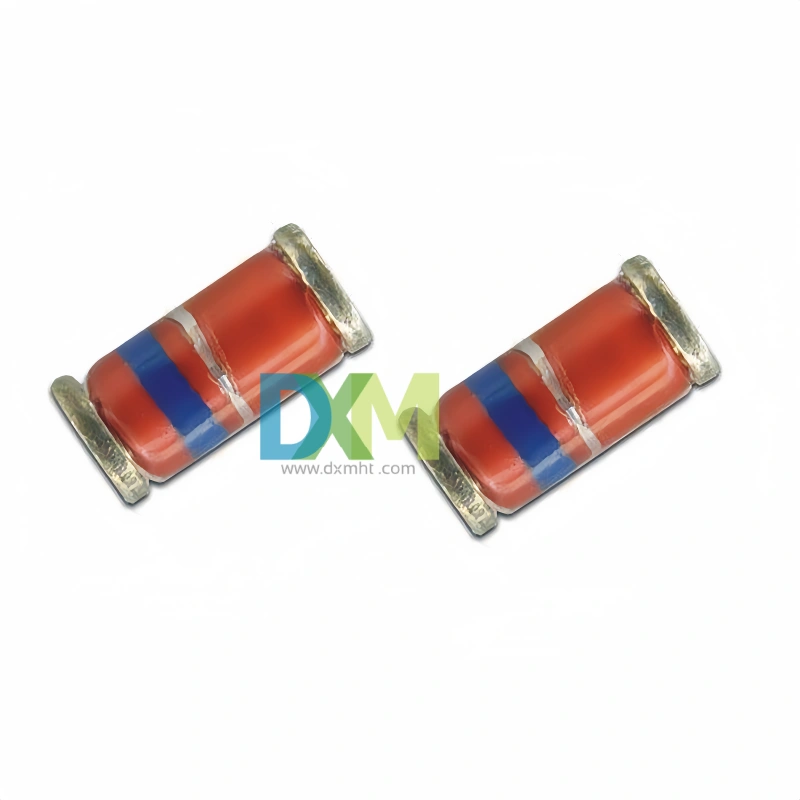
Glass Thermistors MF58E for High-Precision Applications
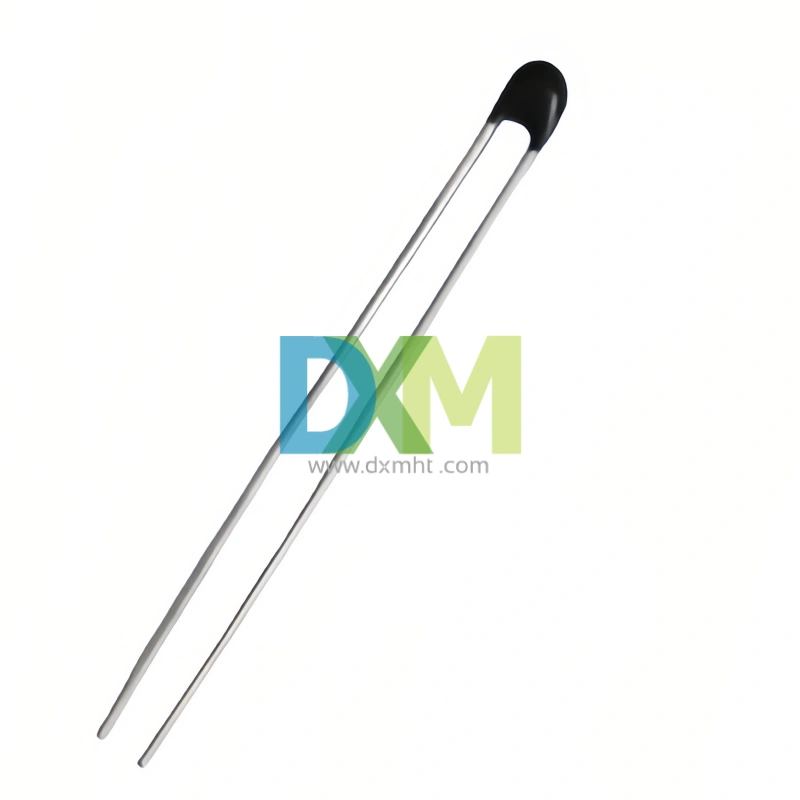
High Precise NTC Sensors for Temperature Measurement and Control
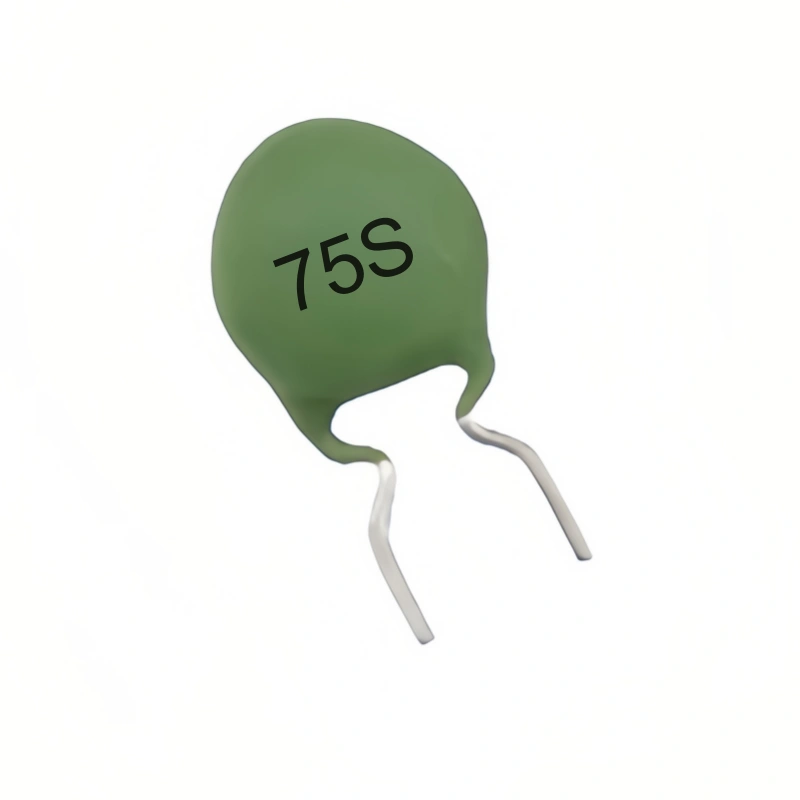
WMZ12A 75S PTC Thermistors for Over-Current and Over-Load Protection
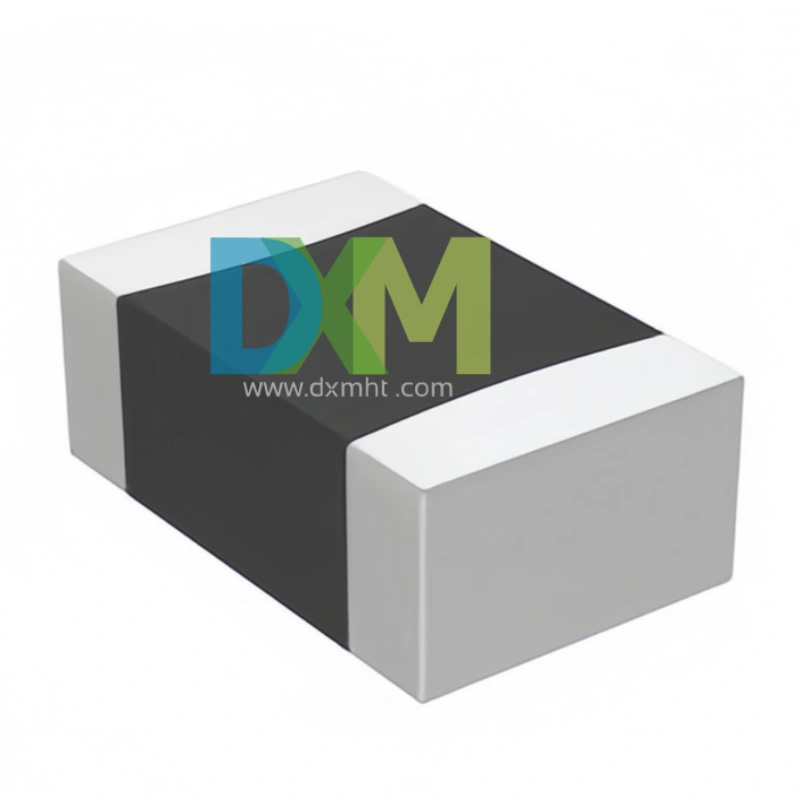
SMD Sensors: Advanced Temperature Sensing Excellence
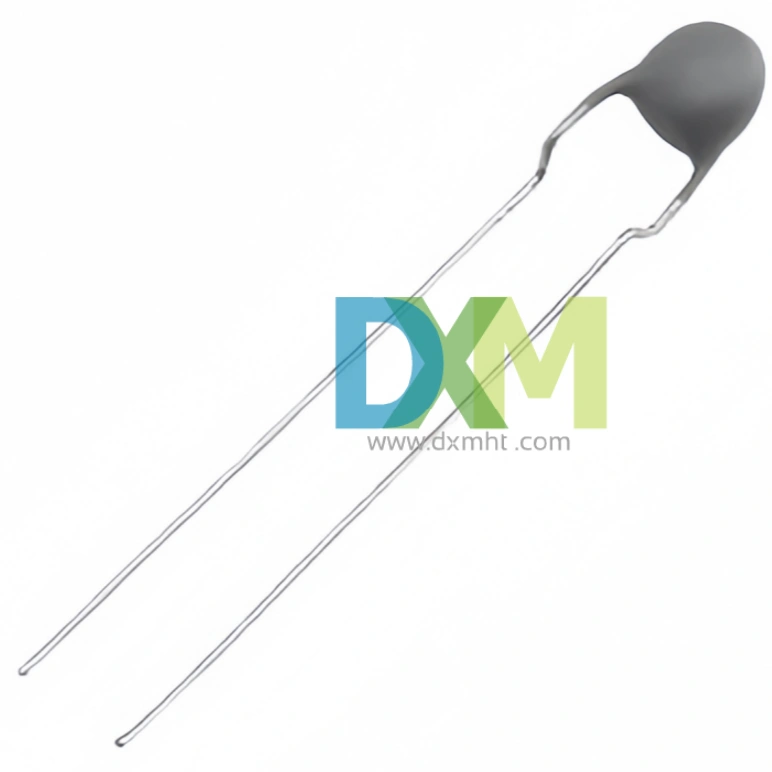
Thermistor PTC MZ11 Series for Light Efficient Design
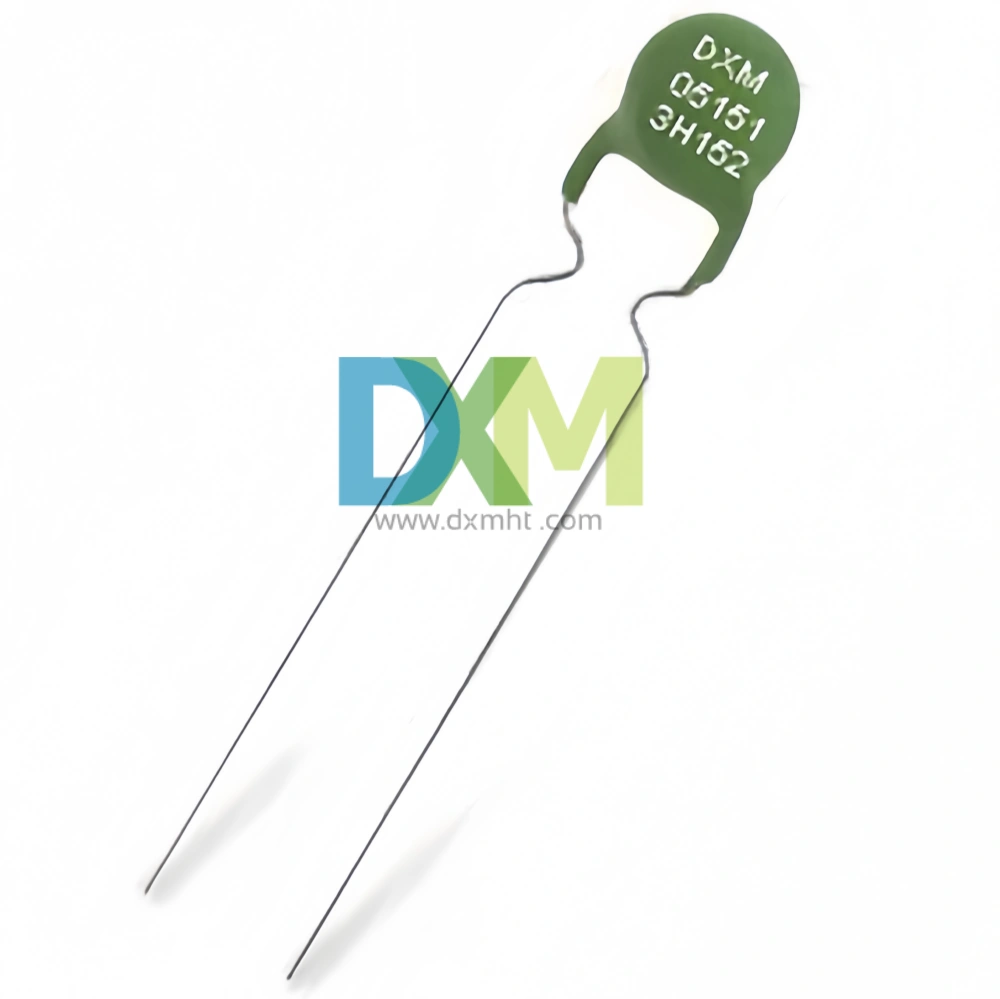
PTC Thermistors for Ballast Electronic and Energy Saving Lighting Intelligent Preheat Start MZ12 | DXM
Get in Touch
Discover premium thermistors, sensors, and resistors tailored to your needs.Our dedicated team of experts is available to assist with product selection, technical queries, and after-sales service. Contact us for custom solutions and experience exceptional customer support.
© 2024 DXM | Designed by gooeyun

 Scan QR Code
Scan QR Code
Scan QR Code
Whatsapp: +8618927361658
Shenzhen DXM Technology Co., Ltd.
DXM PTCNTC
Shenzhen DXM Technology Co., Ltd